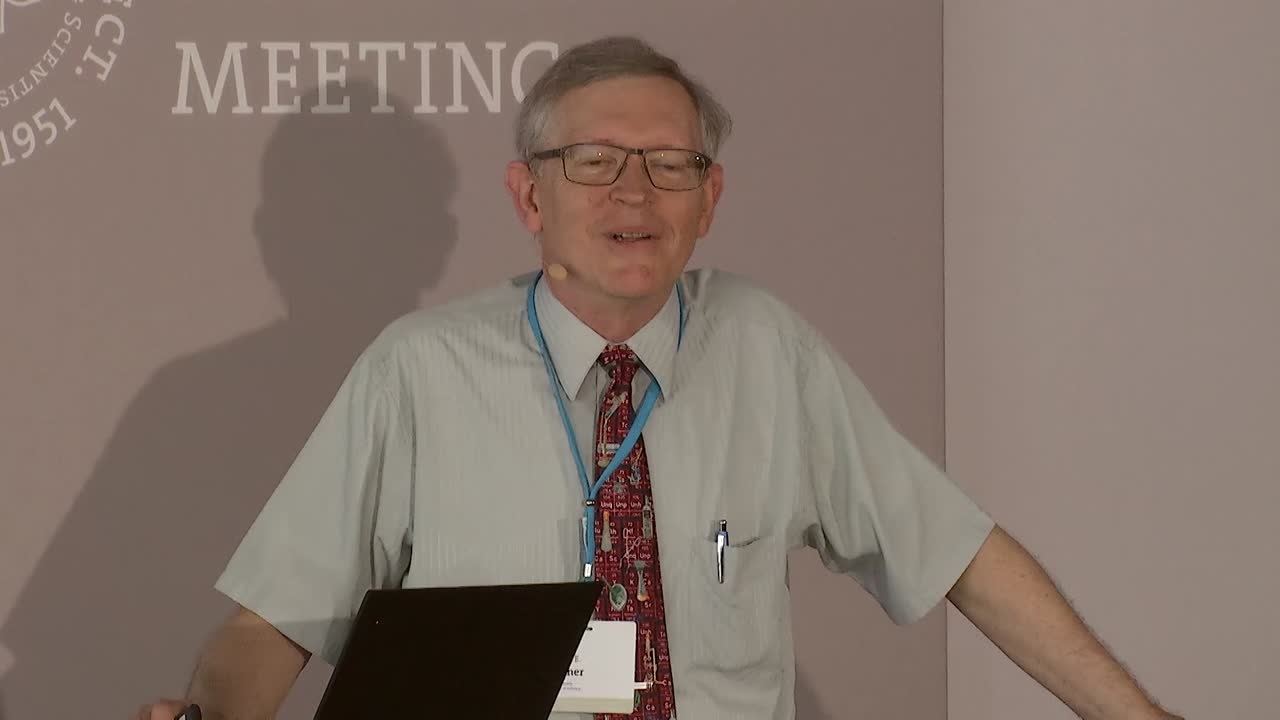Abstract
Thirty years ago, tiny individual organic molecules were first detected optically. One inspiration for this came from Ashkin and Chu, et al. who in 1986 used a focused laser beam to create “optical tweezers.” Tweezers grab single small dielectric particles or cells using optical forces and are heavily used today in force spectroscopy to study single biomotors, protein unfolding, etc. But can we grab much smaller single molecules without optical forces? Yes, a closed-loop feedback device called an “ABEL” trap can suppress Brownian motion in solution, even for a single dye ~1 nm in size. Holding a single fluorescent molecule or a photosynthetic protein for a long time allows multiple simultaneous measurements, enabling mechanisms of biological photoprotection, enzymes, aggregation, etc. to be explored in aqueous solution, molecule by molecule.
Readings:
Allison H. Squires, Adam E. Cohen, and W. E. Moerner, “Anti-Brownian Traps,” in G. C. K. Roberts, A. Watts, European Biophysical Societies (eds.), Encyclopedia of Biophysics. Springer, Berlin, Heidelberg, 2018. (DOI: 10.1007/978-3-642-35943-9_486-1)
W. E. Moerner, Yoav Shechtman, and Quan Wang, “Single-molecule spectroscopy and imaging over the decades,” Introductory Article, Faraday Discuss. 184, 9-36 (2015) (DOI:10.1039/c5fd00149h)

